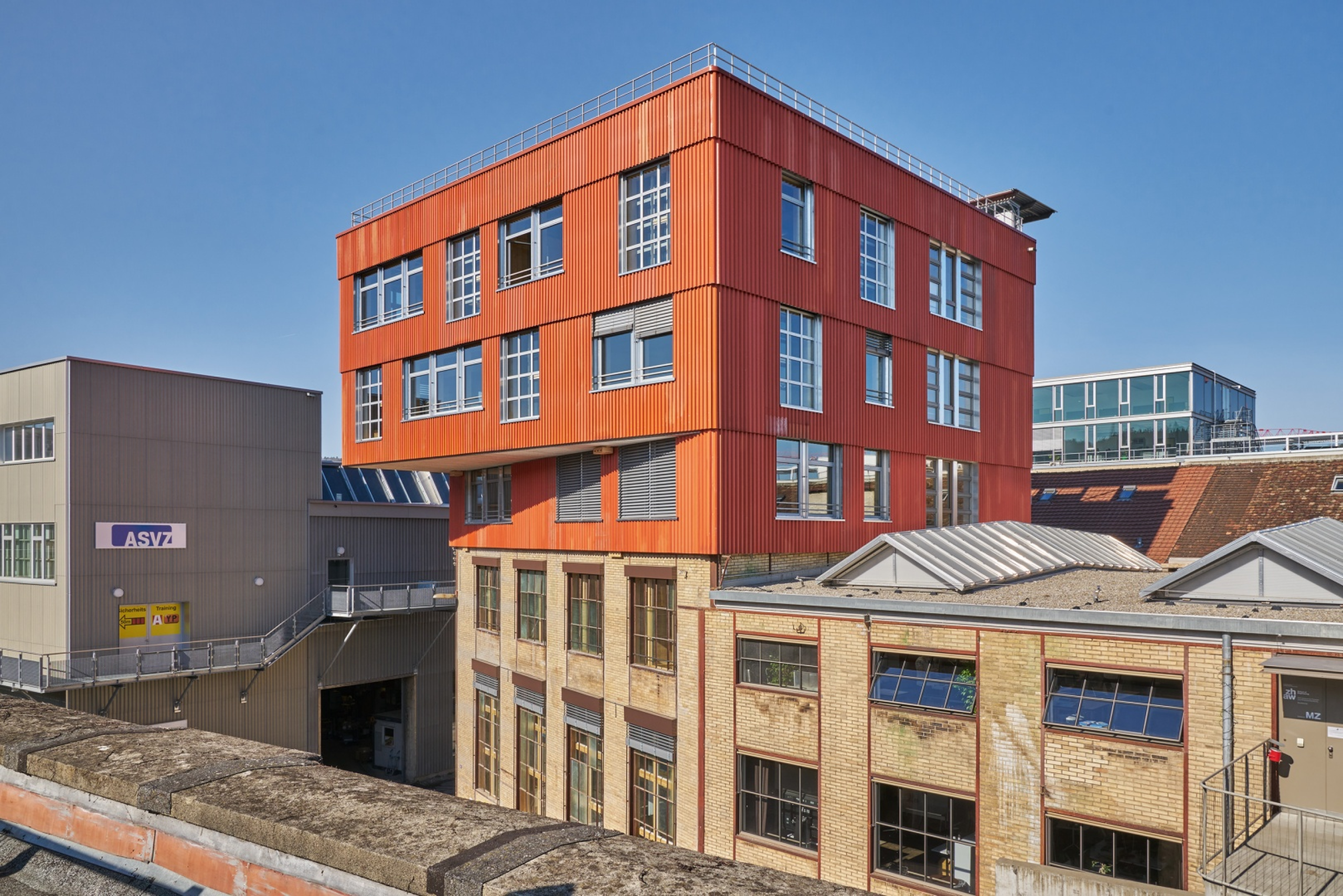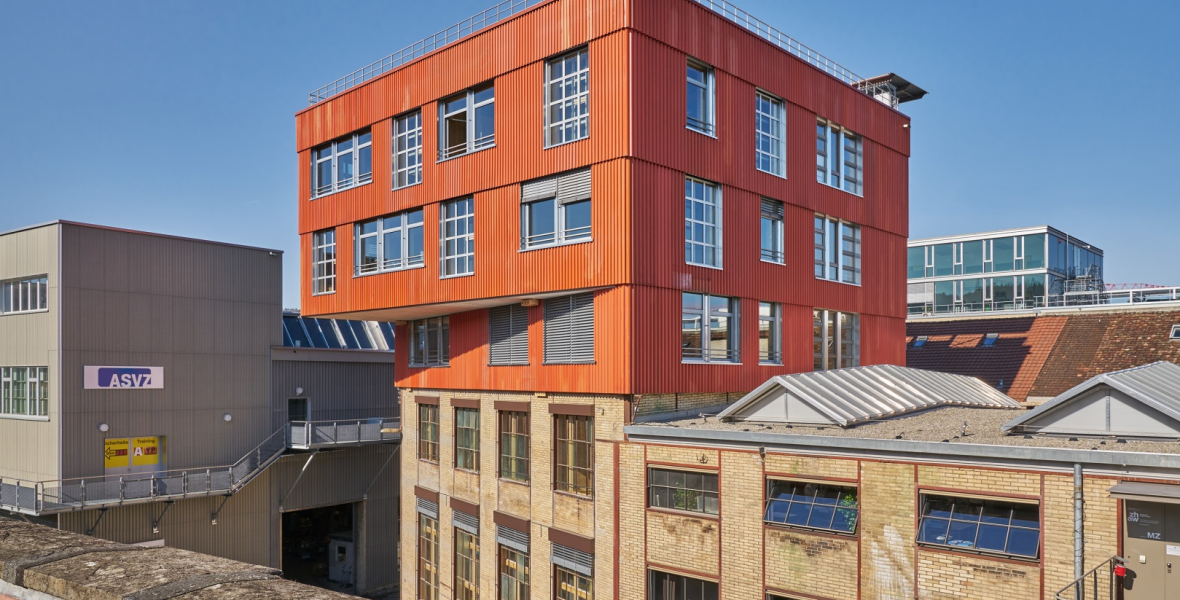Switzerland: don’t demolish, just dismantle and reuse


Windows, stone cladding, even girders and other steel elements from dismantled buildings, can be reused to very good effect. Structures constructed in this way will both have a significantly lower carbon footprint and serve as examples of elegant and compelling architecture. However, this strategy requires “hunting” for materials, and the investor does not know exactly how his building will look like – as this depends on the materials obtained.
Why reuse materials and elements such as window joinery which can go straight to scrap yards or landfills? – It is too late to plan to reduce the carbon footprint in the future, the construction sector must change immediately – explained Christoph Müller from the Swiss design office “Zirkular” at the Natural Building Festival. One of the ways to change is to adopt circular construction, i.e. the large-scale application of the principles of circular economy in the construction industry. According to them, when creating new structures, one should use already existing materials, e.g. instead of demolishing buildings, modernize them, and when building anew or renovating – use materials from dismantled buildings.
“Zirkular” applied this philosophy in the reconstruction of the Kopfbau 118 building in Winterthur, Switzerland – a model example of such an approach. Three new floors had to be added to the old, post-industrial two-story building. Instead of using new materials, steel load-bearing girders from a demolished supermarket in Basel were used to build these floors. The staircase was taken entirely from the 28-year-old office building in Zurich. This office building was constructed of materials of such high quality that they were still suitable for use after more than a quarter of a century – triple-pane windows and granite cladding were used (the latter as interior finishing). In addition, used – rather than new – photovoltaic panels, floors, ceilings and even kitchen equipment were installed.
Müller emphasized that such a construction process requires constant cooperation between the architect, contractor and investor – because the initial design is constantly evolving under the influence of what recycled materials can be obtained. For example, in the case of Kopfbau 118, it was necessary to modify the height of the newly built floors to match them with the finished staircase, and to double the number of installed radiators, because a large number of them were obtained, but of small dimensions. – When designing, you need to leave margins for slightly different sizes, e.g. wider windows, stairs. Form follows material – Müller explained. – The building ended up being completely different than initially designed – he added.
However, according to Müller, there is no other way. He cited an example – in 2015, in connection with the Paris Agreement, calculations were made regarding CO2 emissions from public buildings in Zurich, assuming net-zero in 2040. The recent correction of these calculations has shown that in order to comply with these arrangements, it is practically necessary to stop constructing any new buildings already in… 2028.

Similar trends were also presented by panelists from Polish architectural offices. In their opinion, existing infrastructure should be “naturalized” at every possible opportunity. – In each project, you need to look for opportunities to reduce emissions. Rather than divid4 projects into those that are natural and others that use standard solutions, one should always fight to reduce the carbon footprint – explained Michał Koziej from the “Koziej Architekci” studio during his presentation at the Festival. It may be a green façade that will reduce heat and retain some water, natural plasters in the interior, etc.
– Use what is already available, use existing buildings. This brick has already been burned once, there is no point in tearing it down and building anew, just reuse and supplement it with natural materials – said Koziej. He currently works on preparing the adaptation of an old school building to the needs of a diagnostic clinic and will use glued timber elements for this purpose.
– Buildings of natural materials are entering the mainstream all over the world, architects are thinking more and more not only about how something should look and function, but also what it should be made of. We need to convince investors of this and look for arguments in favor of this approach – Koziej concluded.
(photos: Martin Zeller)